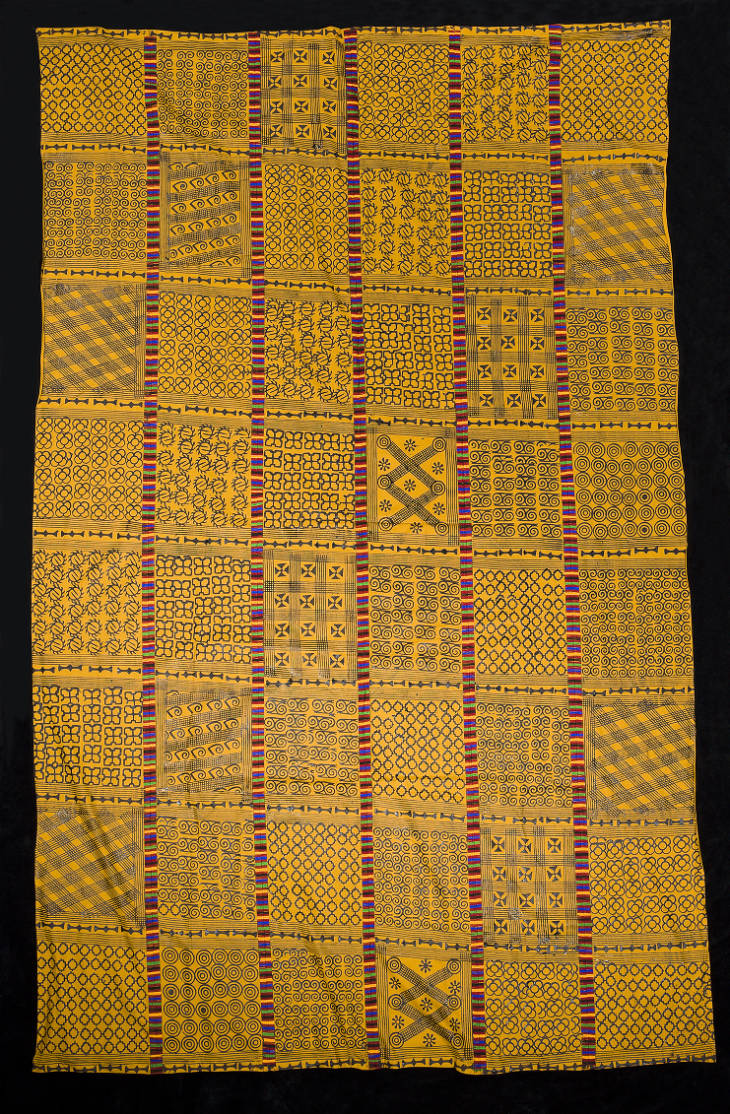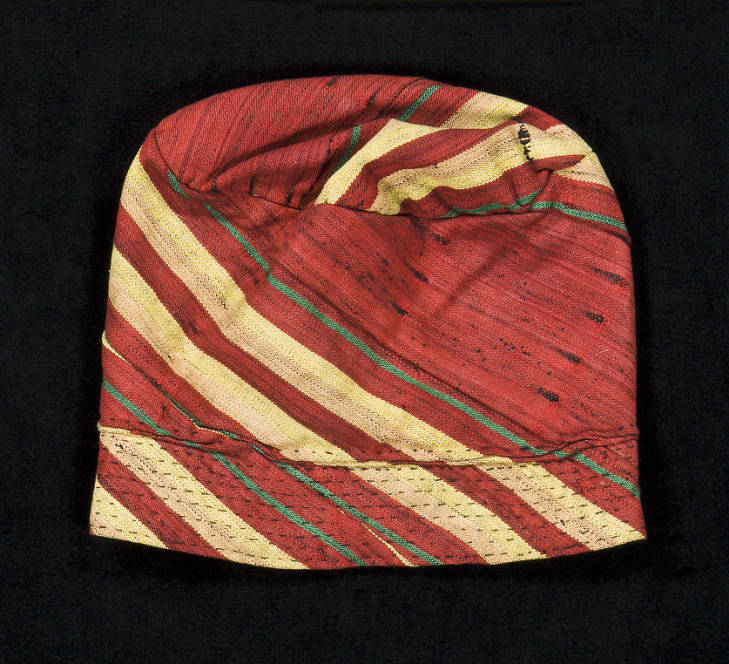The collection includes images of art and ceremonial objects, as well as documentation of their social context, use, and manufacture whether performances employing masks, or techniques used in producing pottery, iron, leather, weaving.
Collection Overview
Christopher D. Roy is Professor of Art History and the Elizabeth M. Stanley Faculty Fellow of African Art History at the University of Iowa, where he teaches courses in the art of Africa, the pre-Columbian Americas, and the Pacific Islands. In 2007, he and his wife, Nora Leonard Roy, donated to St. Lawrence University a group of textiles they collected while conducting research in Benin, Burkina Faso, Cape Verde, Congo, Côte d'Ivoire, Ghana, Mali, Niger, and Nigeria. Christopher Roy graduated from St. Lawrence in 1970, and Nora Roy in 1969.
These textiles reflect the region’s history and in many aspects lead to a greater understanding of West African society, including belief systems, cultural practices and rites, gender roles, history, and social hierarchy. The Roy Collection is notable for the inclusion of large pieces of cloth as well as utilitarian and ceremonial textiles, including blankets, chiefs’ robes, funeral cloth, robes, shawls, strip-woven wrappers, and war shirts. The collection’s 67 textiles were created by individuals from a number of ethnic groups (Asante, Fula, Marka Dafing, Mossi, and Yoruba) using a variety of labor-intensive techniques and include adinkra-stamped fabric, batiks, Bogolanfini mudcloth, flat weaves, Fon appliqués, ikat-dyed wrappers, kente cloth, strip-weaves, and tie-dyed cloth.
As Christopher D. Roy notes, "Africans weave elaborate and beautiful textiles of cotton, wool, silk, raffia, and man-made fibers in spite of the import of cheap cloth from China, the United States, and elsewhere. Often, these are used for special occasions—funerals, initiations, marriages, and coming-of-age celebrations—and cannot be replaced by machine-made imitations. The result is that textile arts thrive in many parts of Africa, while other art forms have almost disappeared. Both men and women weave, men on narrow-band, horizontal warp, double-heddle looms, and women on wide-band, vertical warp, single-heddle looms."


